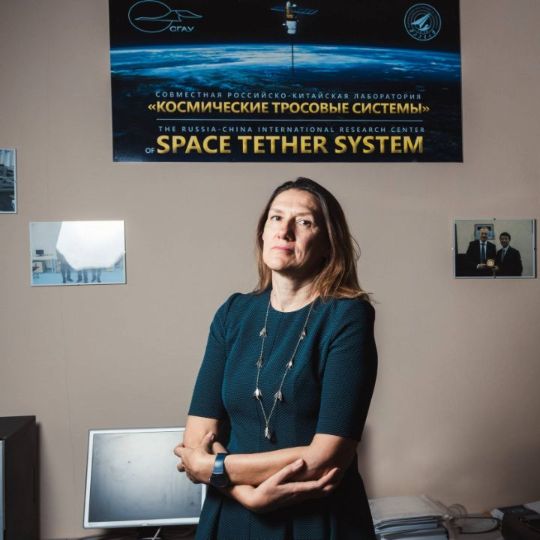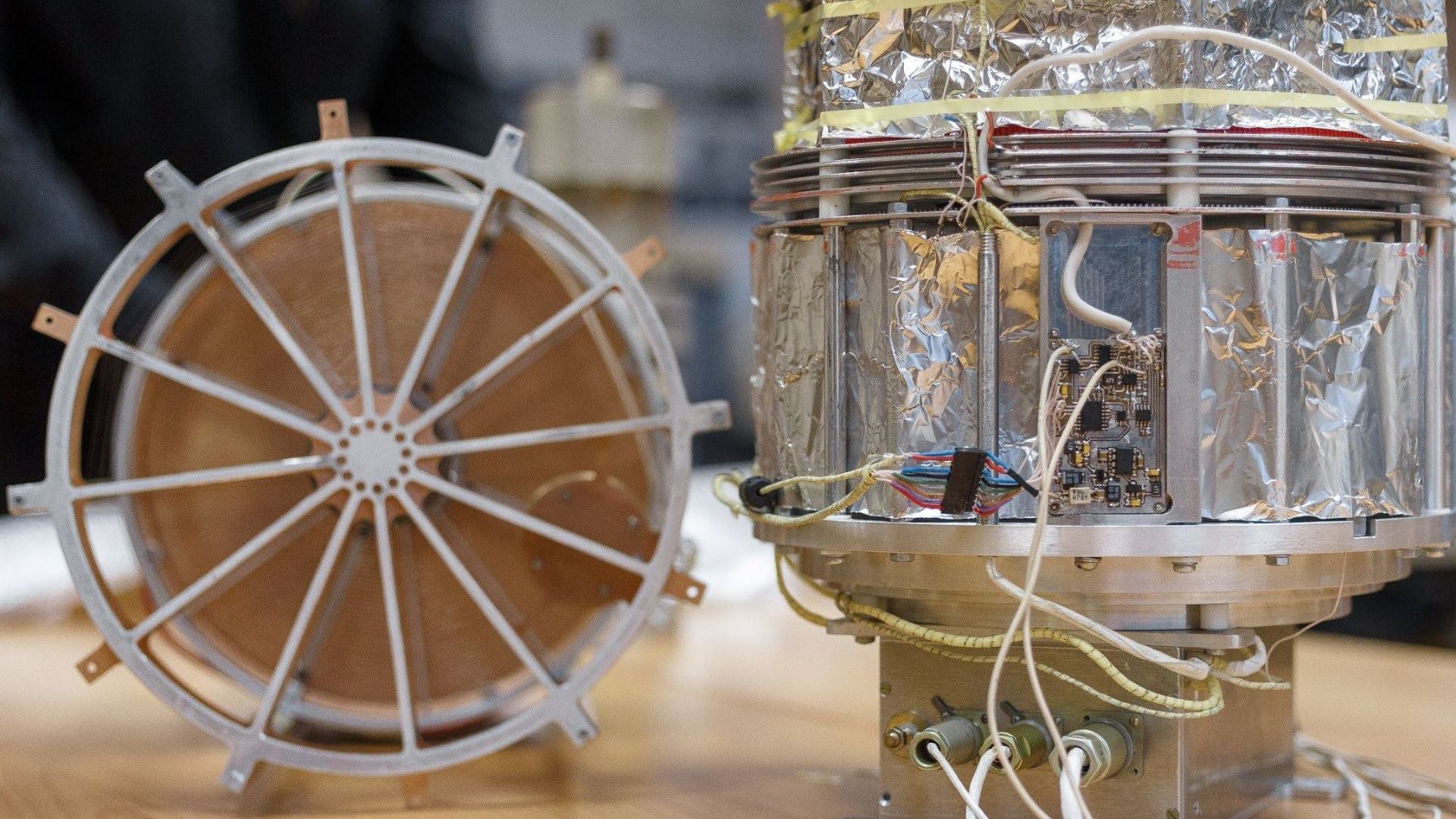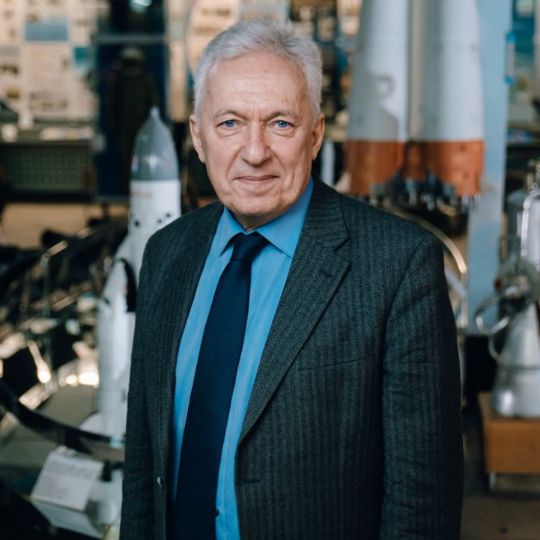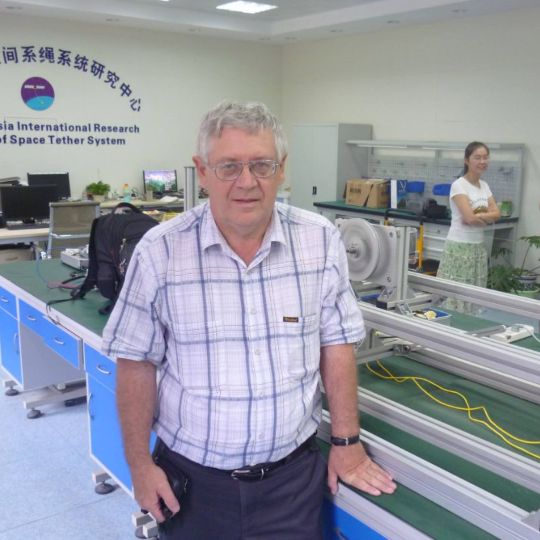Olga Starinova
Olga Starinova is a Doctor of Technical Sciences and a professor at Flight Dynamics and Control Systems Department, Samara University. She is a member of the International Public Association Academy of Navigation and Motion Control (ANUD), a member of the French Association of Aeronautics and Astronautics (AAAF) and an advisor to the Russian Academy of Engineering (RAE). Olga Starinova graduated from Faculty of Aircraft Engineering, Kuibyshev Aviation Institute (currently Samara National Research University) and Faculty of Mathematics, Samara University. In 1996, she defended a PhD thesis on methods and algorithms for optimizing the trajectories of interplanetary spacecraft with low-thrust nuclear and solar engines. In 2008, she defended her doctoral dissertation on iterative methods for optimizing ballistic schemes of interplanetary missions with small thrust. She is an author of patents for a Research and Education Virtual Laboratory for Analysis and Synthesis of Space Systems program complex, a Modeling of Selenocentric Motion of Spacecraft with Electric Propulsion System program complex, a ballistic flight design for a spacecraft with low-thrust engines in the Earth-Moon system, a simulation of Earth protection systems for asteroid impact avoidance, etc.
- Scopus | WoS | RSCI | Google Schola
- e-mail: starinova@ssau.ru



